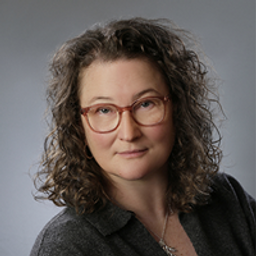
Jennifer Hird
Jen Hird leads the Earth Observation Insights Unit in the Geospatial Centre at the Alberta Biodiversity Monitoring Institute (ABMI). She has been with the ABMI for 15 years working in satellite remote sensing applications, including land cover mapping, vegetation disturbance and recovery, and multi-temporal landscape dynamics. Leveraging her skills and knowledge to produce large-scale, publicly accessible geospatial information products to support responsible land and resource management is a core passion she shares with her team and the ABMI.
Sessions in which Jennifer Hird participates
martes 29 octubre, 2024
Algal blooms, typically consisting of cyanobacteria which can produce harmful toxins, are a recurring problem on lakes around the world. Although Alberta has long-term sampling programs on selected lakes, monitoring is limited in time and space. Satellite remote sensing offers a way to monitor cyanobacteria blooms across the entire ice-free season and track spatial patterns of bloom development, dynamics, and spread across lakes. The Alberta Biodiversity Monitoring Institute (ABMI), Alb...
Sessions in which Jennifer Hird attends
miércoles 27 marzo, 2024
The United States’ National Geodetic Survey (NGS) plans to modernize their National Spatial Reference System (NSRS) in 2025, including adopting a new dynamic geometric reference (the North American Terrestrial Reference Frame of 2022 (NATRF2022)) and a new geoid-based height system (the North American-Pacific Geopotential Datum of 2022 (NAPGD2022)). To ensure continued geospatial referencing compatibility, the Canadian Geodetic Survey (CGS) plans to modernize the Canadian Spatial Reference Sy...



